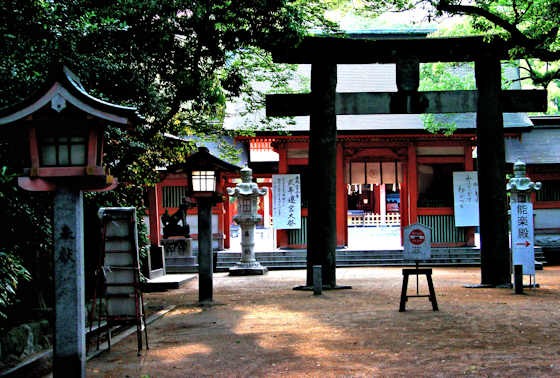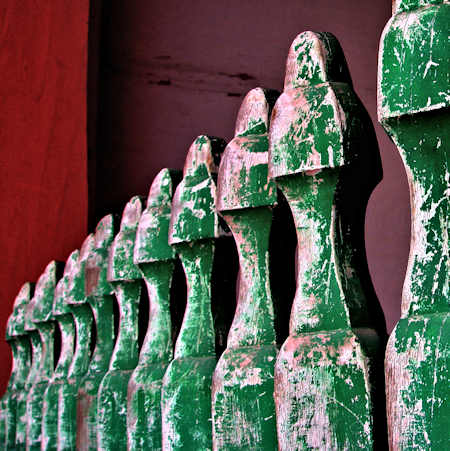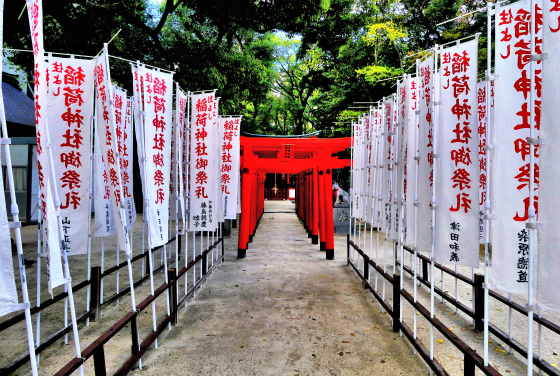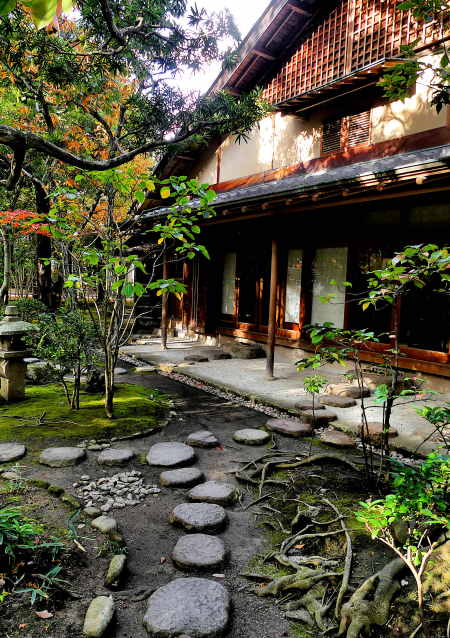Showing posts with label hakata. Show all posts
Showing posts with label hakata. Show all posts
Sunday, February 13, 2022
Canal City Hakata
Labels:
Architecture,
hakata,
jerde
Sunday, February 6, 2022
Sumiyoshi Shrine Hakata
Sumiyoshi Shrine Hakata
Labels:
hakata,
jingu,
national treasure,
Shrine,
torii
Sunday, January 30, 2022
Sumiyoshi Inari Shrine
Sumiyoshi Inari Shrine
Sunday, January 23, 2022
Mikka Ebisu Shrine
Mikka
Saturday, January 15, 2022
Rakusuien Garden Hakata
Rakusuien
As well as the main house, there is also a small, rustic, traditional tea room that I will post about soon.
It is open every day from 9 to 5 except Tuesdays. Entry is a mere 100 yen, with matcha and seasonal sweet available for 500 yen.
Sunday, August 5, 2018
Hakata at Sunrise
Hakata at Sunrise 博多
The first time I visited Hakata I woke at 5 am in the morning and seeing as how the hotel's breakfast didn’t start until 7 am I took my camera and went out to explore.
Modern architecture is a gold mine for the kind of photography I like,... geometric, abstract, patterns, reflections, light and shadow...... None of the buildings were famous or by famous architects, just office buildings, hotels etc.
Sunrise is the optimum time for photography with the light and color and shadows being at their strongest. I quite happily snapped away and took more than 100 shots before breakfast.
These are a few of my favorites.
Labels:
Architecture,
hakata
Friday, April 5, 2013
Kushida Shrine
Kushida Shrine
There is a huge Camphor tree, said to be 1,000 years old, and 2 stone anchors which is claimed came from the invading Mongol fleet but which are in fact from Chinese merchant ships.
Wednesday, February 6, 2013
Kyushu 108 Sacred Sites Pilgrimage Temple 1 Tochoji
To the right of the main hall is another new building. It houses the largest wooden seated Buddha statues in Japan. It was too early for me to pay the entrance fee to view it, but as photography was not permitted I am loath to pay anyway. The statue is 10.8 meters tall and was completed in 1996. 108 is a meaningful number in Japanese buddhism as it is the number of delusions of the mind, hence many pilgrimages will have 108 sites and why a temple bell is rung 108 times on new Years Eve.
Subscribe to:
Posts (Atom)































































